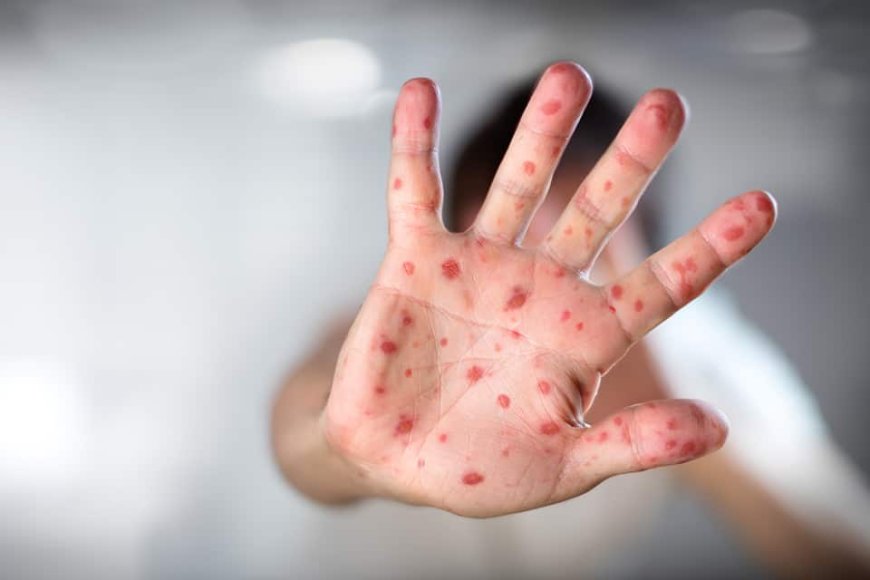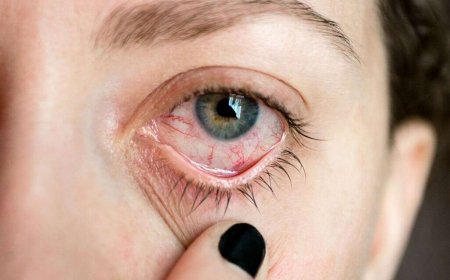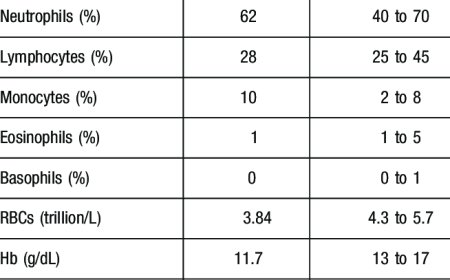Hand-Foot-and-Mouth Disease

Introduction:
Hand-Foot-and-Mouth Disease (HFMD) is a common viral infection that can affect children in India and around the world. It is most prevalent in young kids under the age of 10. In this article, we will explore what HFMD is, its signs and symptoms, classification, causes, risk factors, types, diagnostic tests, treatments, and prevention techniques in simple language for 10-year-old children to easily understand.
Signs and Symptoms:
HFMD usually starts with mild fever, sore throat, and a lack of appetite. After a few days, red spots or small blisters may appear on the palms of hands, soles of feet, and inside the mouth. These blisters can be painful and uncomfortable for kids. Sometimes, a rash may also appear on the buttocks.
What is Hand-Foot-and-Mouth Disease?
HFMD is a contagious viral infection caused by different viruses, most commonly the Coxsackie virus. It spreads through close contact with an infected person or by touching surfaces contaminated with the virus.
How is Hand-Foot-and-Mouth Disease Classified?
HFMD is typically classified into three types based on the virus that causes it:
- Coxsackie virus A16: This is the most common type and usually causes mild symptoms.
- Coxsackie virus A6: This type can lead to more severe symptoms, including a higher risk of skin rashes and blisters.
- Enterovirus 71: This type is less common but can lead to severe complications, especially in younger children.
Causes and Triggers:
HFMD is caused by different viruses that belong to the enterovirus group. These viruses are easily spread through coughing, sneezing, or by touching surfaces with the virus. In India, HFMD outbreaks are often seen in schools and daycare centers where children are in close contact.
Risk Factors:
Certain factors can increase the risk of getting HFMD:
- Age: Children under 10 are more susceptible to HFMD.
- Season: Outbreaks are more common in the summer and early autumn in India.
- Crowded Places: Places like schools and childcare centers can facilitate the spread of the virus.
Types of HFMD and their Details:
As mentioned earlier, HFMD can be caused by different viruses. The most common types are Coxsackie virus A16, Coxsackie virus A6, and Enterovirus 71. Coxsackie virus A16 usually causes mild symptoms, while Coxsackie virus A6 may lead to more severe skin rashes and blisters. Enterovirus 71 is the most severe type and can cause complications like meningitis and encephalitis.
Diagnostic Tests and Treatments:
Usually, doctors can diagnose HFMD based on the characteristic symptoms. However, in some cases, they may perform a throat swab or collect a stool sample to confirm the presence of the virus.
Treatment for HFMD is usually aimed at relieving the symptoms. It includes:
- Drinking plenty of fluids to stay hydrated.
- Eating soft, cool foods to soothe the mouth.
- Using pain relief medication like acetaminophen (with doctor's advice) to reduce fever and pain.
Complications of HFMD:
In most cases, HFMD is a mild illness that goes away on its own. However, in rare cases, complications may occur, especially with Enterovirus 71 infection. These complications can involve the brain, heart, or lungs and may require hospitalization.
Prevention Techniques:
To prevent the spread of HFMD, kids can follow these simple tips:
- Wash hands regularly with soap and water.
- Avoid close contact with anyone who has HFMD.
- Keep personal belongings clean and avoid sharing cups and utensils.
Hand-Foot-and-Mouth Disease is a common viral infection that affects young children in India. It is essential to know the signs, symptoms, and prevention techniques to stay healthy and avoid spreading the virus. By following proper hygiene practices, kids can protect themselves and others from HFMD and enjoy their playtime worry-free.
What's Your Reaction?
 Like
0
Like
0
 Dislike
0
Dislike
0
 Love
0
Love
0
 Funny
0
Funny
0
 Angry
0
Angry
0
 Sad
0
Sad
0
 Wow
0
Wow
0








































































